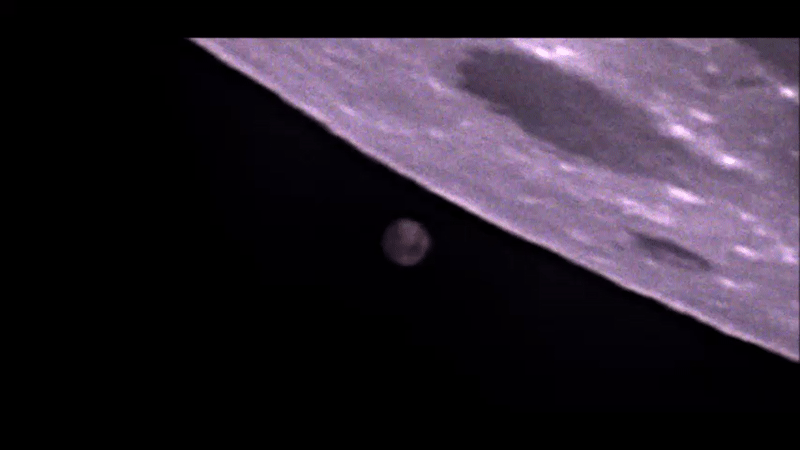A Full Planetary Map of Mars
/This week I completed a long standing goal of mine: to map the planet Mars from my backyard! I spent many nights taking photographs of Mars, and in the end five of the highest quality images were enough to fully image the surface of the planet.
After attempting to map Jupiter I learned some lessons that would make mapping Mars much simpler. This time I kept my camera settings identical from photo to photo, though I failed to keep my wavelet sharpening settings identical so I still had some difficulty merging image colors and contrasts perfectly. Though there was some photoshop work needed to smoothly blend all the images into a single map, it was much simpler than Jupiter.
Considering I had never taken any detailed pictures of Mars before, I’m very happy with how my map turned out this year!
For the images I used my 8” dobsonian telescope with 4x barlow lens and ZWO ASI290MC camera. Each video was 3 minutes long with a 15ms shutter time and 175 gain setting. Videos were stacked in autostakkert using the top 20% of frames, and the final image was sharpened in registax with wavelet filters.
To turn each planetary image into a map projection I used software called WinJUPOS. You give WinJUPOS your image and the exact date and time of your photo and it correlates each pixel with the correct latitude and longitude. WinJUPOS can also create full planet maps from multiple images, but the division between each image is very harsh and I didn’t like how it looked.
I ended up using StarStax to fix the harsh transitions that WinJUPOS creates. StarStax is usually used for star trail photography, but it worked beautifully in this case. I told StarStax to take each image and combine them all into one, but to do so by taking the brighest pixel from each location. The idea was pixels near the edge of each individual map would be darker, and only sharp and in focus portions would be brighter. By selecting for the brightest areas of each image I was able to keep the sharpest areas, but also smooth out the transitions between them a bit.
Once the basic map was created there were a few adjustments I made in GIMP to fix a few issues that were bothering me. One transition wasn’t as good as I would have liked, so that got blurred and cloned away slightly, but it didn’t change the map at all. From there I got to have some fun labeling recognizable locations on Mars.
And no map of Mars would be complete if we didn’t include the robotic inhabitants of the planet!
A fun (and somewhat ridiculous) thing to do with a map projection like this is to use it as a texture on a three dimensional sphere. In essence we can create a CGI Mars from my series of photos.
Once I made a rotating three dimensional Mars I realized I also had to make one that slowly got bigger, making it look like we were approaching the planet!
I have been thinking about this project for a long time, but before this year I never had a camera good enough to see this much detail. Two years ago, the last time Mars was in the night sky, I tried photographing Mars with my cell phone with some mediocre results that weren’t anywhere near good enough for producing a map. It also didn’t help that two years ago Mars was coated in a planet-wide dust storm, hiding all interesting planetary features.
I am thrilled that the weather cooperated so well and that I was able to produce something better than I ever hoped for. There are people with much nicer setups who produce might higher quality images, but I’m very proud of the outcome of this project.










